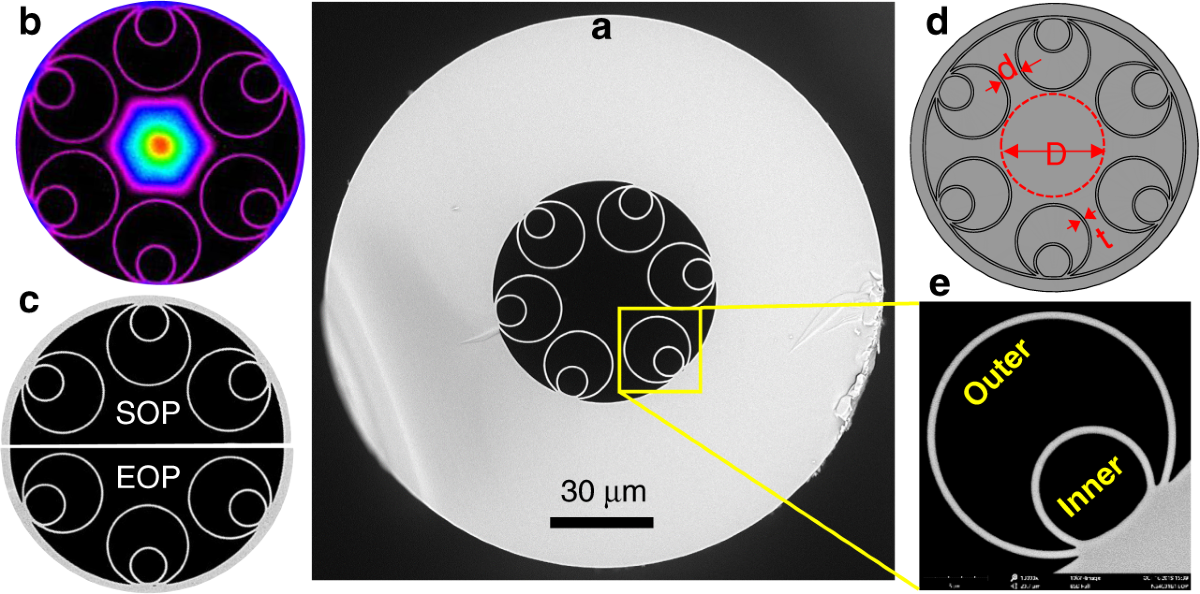Top-Rated Optical Fibre Diameter Analyser for Heavy-Duty Use
Top-Rated Optical Fibre Diameter Analyser for Heavy-Duty Use
Blog Article
Maximize Your Fiber Optic Performance: Recognizing Optical Fiber Size Analyser Technology
The efficiency of fiber optic systems is critically affected by the precision of their size, an element frequently forgot in the pursuit of optimum signal stability. Recognizing the innovation behind optical fiber diameter analysers discloses the detailed equilibrium between dimension precision and manufacturing quality. These gadgets not just improve compliance with market requirements yet likewise give real-time insights that can preemptively resolve prospective issues. However, the ramifications of their use extend past simple dimension; they can fundamentally change the landscape of fibre optic performance. What aspects should one think about to harness their full potential?
Relevance of Optical Fibre Diameter
The size of optical fiber plays a critical function in determining the performance and effectiveness of interaction systems. Conversely, smaller sizes often tend to sustain fewer settings, which can improve signal quality and minimize crosstalk.
In addition, understanding the diameter's implications can lead to set you back savings by decreasing the requirement for signal amplification and repeaters in extensive networks (optical fibre diameter analyser). In verdict, the relevance of optical fibre size can not be overstated, as it straight affects the overall performance and integrity of contemporary communication systems

Just How Size Impacts Signal Quality
Signal high quality in optical fibre systems hinges significantly on the size of the fiber. The diameter affects a number of essential parameters, consisting of attenuation, transmission capacity, and modal dispersion. A smaller diameter can result in higher depletion rates, causing signal loss as light travels via the fibre. This attenuation can compromise the honesty of the transmitted information, leading to a decrease in signal quality, especially over cross countries.
On the other hand, bigger diameters normally permit boosted light capture and lowered modal diffusion, boosting signal clarity. In multimode fibers, a bigger core diameter can support multiple light modes, however it might likewise present intermodal diffusion, which can degrade signal high quality. Therefore, choosing the optimum fiber size is critical for attaining the wanted performance in details applications.
Additionally, the interaction in between the fibre size and the wavelength of the light made use of plays an essential duty in determining the reliable transmission distance and general signal integrity. Comprehending exactly how fibre size influences signal quality is crucial for network designers and designers aiming to maximize optical fiber systems for reliable, high-speed data transmission.
Summary of Size Analyser Innovation
In lots of optical fiber manufacturing processes, accurate measurement of fiber size is necessary for ensuring constant efficiency and quality (optical fibre diameter analyser). Diameter analysers are sophisticated tools designed to evaluate the physical measurements of optical fibers with high precision. They utilize sophisticated optical and laser innovations to determine the size, ovality, discover this and concentricity of the fiber, hence giving important information for quality control
These analysers can operate in-line during the production procedure or as part of off-line testing protocols. In-line systems allow real-time tracking, enabling producers to readjust criteria immediately, thus preserving optimal manufacturing problems. Off-line analysers, on the various other hand, give thorough evaluations of sets, making certain that any kind of discrepancies from specified tolerances are identified and addressed.
Diameter analysers dramatically add to the reduction of defects in optical fibers, improving general product reliability. By regularly measuring essential criteria, these innovations help with compliance with sector criteria and requirements. As the demand for high-performance optical fibers remains to climb, the function of diameter analysers becomes significantly essential in accomplishing the preferred quality and efficiency requirements in fiber optic systems.
Secret Attributes of Fibre Size Analysers
Although different models of fiber diameter analysers exist, they frequently share numerous key attributes that improve their functionality and integrity. Among the most substantial functions is high-resolution measurement capacities, which make certain exact size readings, vital for maintaining top quality control in fibre manufacturing. In addition, lots of analysers incorporate sophisticated optical sensors created to detect minute variations in fiber size, therefore giving vital information for process optimization.
Another essential attribute is real-time monitoring, enabling drivers to get instant responses on fibre diameter throughout the production process (optical fibre diameter look at this web-site analyser). This ability helps with quick adjustments and reduces the possibility of flaws. Lots of analysers also come equipped with easy to use user interfaces, enabling operators to quickly browse with settings and information outcomes
In addition, robust information storage and analysis capabilities are important for tracking historical efficiency fads and ensuring conformity with industry standards. Some models even supply connection choices for combination right into existing manufacturing control systems, improving overall operational efficiency. Mobile and portable layouts permit for versatile implementation within manufacturing atmospheres, making sure that quality assurance procedures are smooth and efficient. These features jointly add to the effectiveness of fiber size analysers in enhancing fibre optic performance.
Finest Practices for Fiber Optimization

First, routine calibration of optical fibre diameter analysers is vital. This guarantees precise measurements and decreases possible inconsistencies that could influence performance. Next, keeping a tidy workplace is essential; dust and pollutants can lead to signify degradation.
Furthermore, it is necessary to choose fibres that fulfill certain application demands. This entails examining factors such as attenuation, transmission capacity, and ecological problems. Appropriate installment strategies must also be stuck to, consisting of staying clear of sharp bends and excessive tension, which can jeopardize fiber integrity.
Additionally, using advanced surveillance systems can promote real-time efficiency evaluations, making it possible for prompt identification of issues. Normal screening and upkeep ought to be conducted to guarantee that fibres remain within optimum operational parameters.
Lastly, training employees on the latest fiber optimization innovations and methodologies will enhance their capacity to apply effective methods. By following these finest methods, organizations can significantly enhance the efficiency and life-span of their optical fiber systems, guaranteeing efficient interaction and data transfer.
Conclusion
In final thought, the integration of optical fiber size analyser technology is essential for maximizing fibre optic efficiency. By making certain exact measurements of fiber measurements, these analysers significantly boost signal high quality and reduce losses throughout data transmission.
Signal top quality in optical fiber systems hinges substantially on go the diameter of the fiber.In many optical fiber production processes, exact measurement of fiber diameter is crucial for making sure consistent efficiency and quality. As the need for high-performance optical fibres proceeds to climb, the function of size analysers becomes progressively important in achieving the preferred quality and performance criteria in fibre optic systems.
These attributes jointly contribute to the effectiveness of fibre diameter analysers in maximizing fibre optic performance.
In verdict, the integration of optical fibre diameter analyser innovation is critical for making the most of fibre optic efficiency.
Report this page